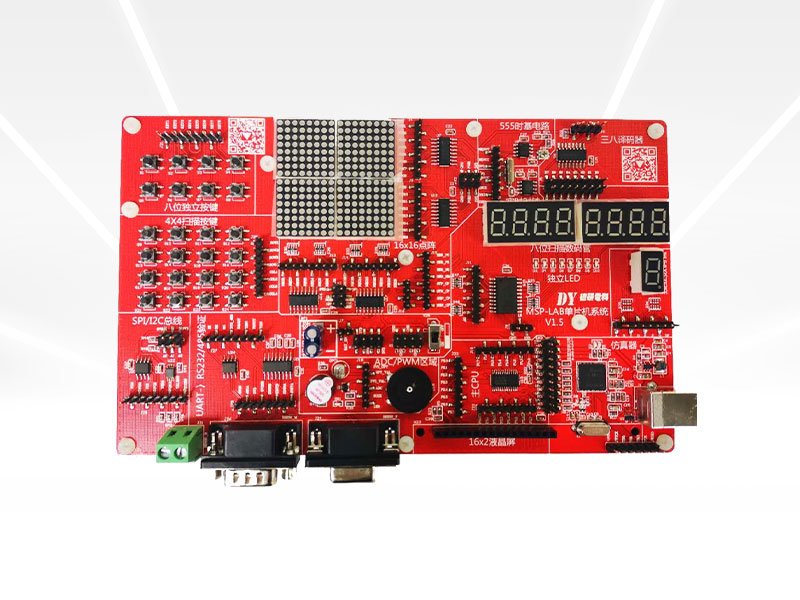April 18, 2024 | by shyuxinpc.com




MSP-LAB utilizes TI’s MSP430 microcontroller, featuring various commonly used peripherals onboard. It supports microcontroller education, practical training, as well as serves as a platform for comprehensive project development and validation based on microcontrollers.
Proposed Application Areas and Teaching Experiment Content:
I. Microcontroller Basic Education
II. Introduction to Electrical Competition Training Courses
Continuous updates to teaching content:
Related material downloads:
View all

© Copyright 2024 YUXINPC INTERNATIONAL PTE. LTD. All Right Reserved.